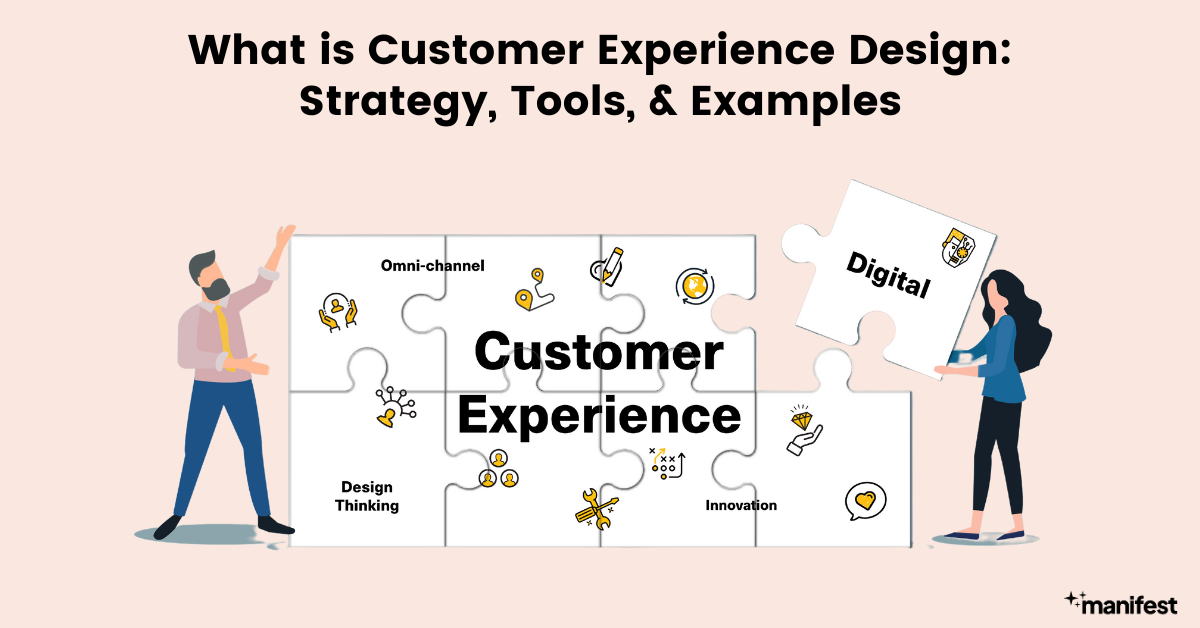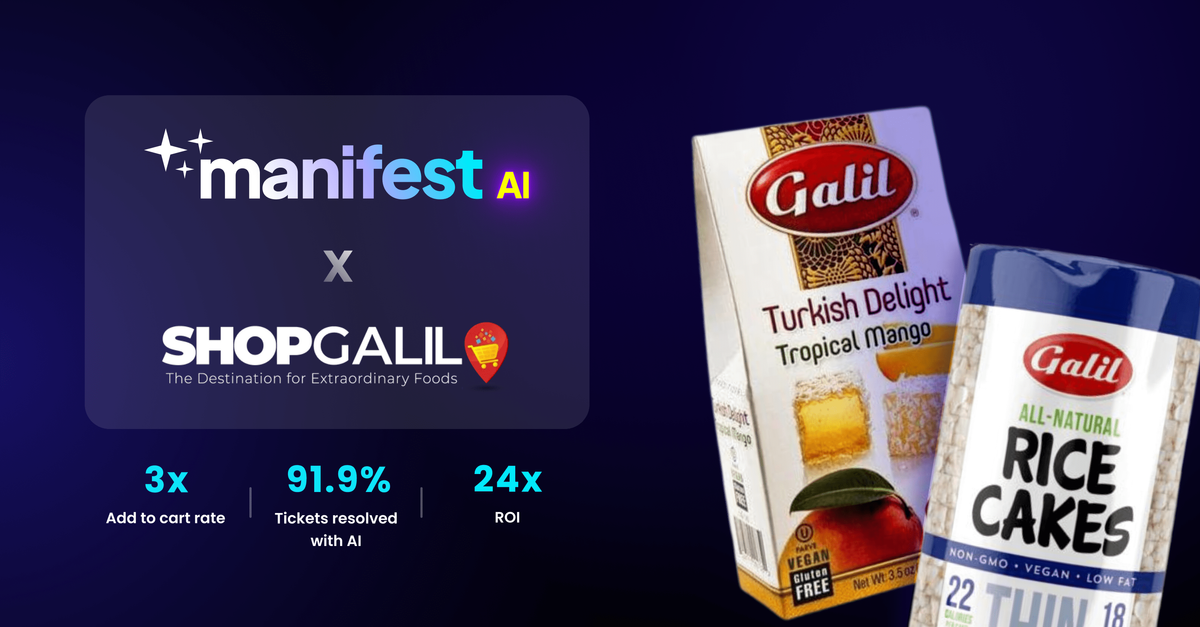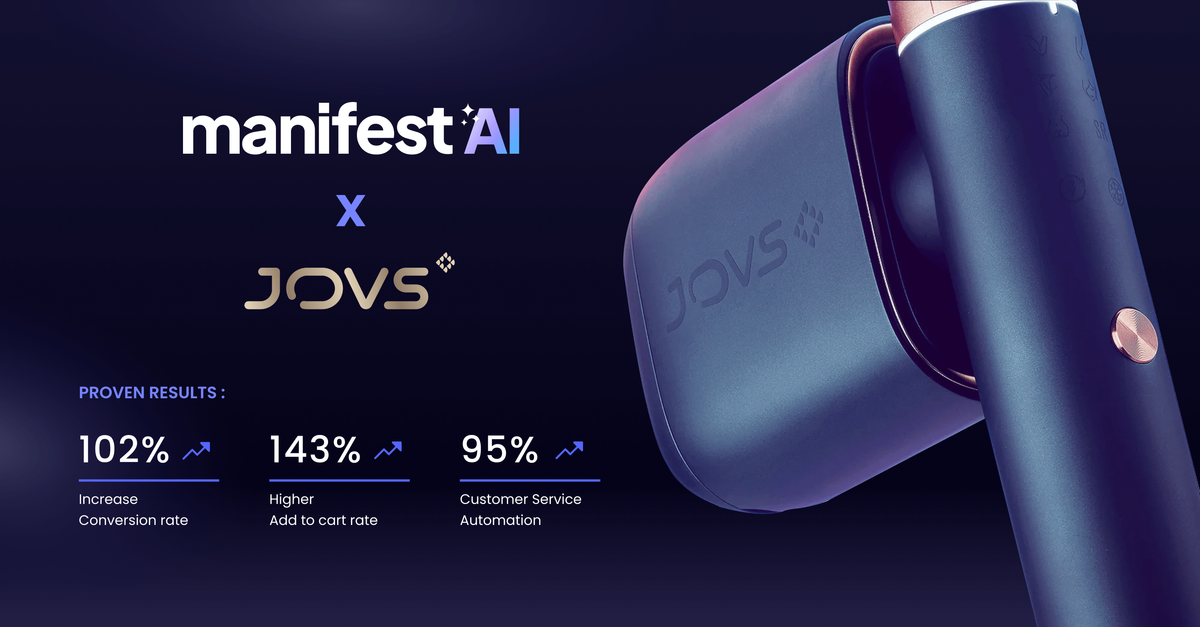What is Customer Experience Design: Strategy, Tools, & Examples

In today's competitive market, businesses must focus on more than just offering a great product or service. They need to create an exceptional customer experience that keeps clients returning and turns them into loyal advocates. This article will delve into what is customer experience design, its importance, principles, strategies, tools, and real-world examples of businesses excelling in this area.
What is Customer Experience Design?
Customer experience design (CX design) is the process of designing and optimizing all interactions a customer has with a company. It encompasses every touchpoint from the initial contact to post-purchase support. The goal is to create a seamless, positive experience that meets or exceeds customer expectations.
Importance of Customer Experience Design
Designing customer experience is crucial for building brand loyalty, increasing customer satisfaction, and differentiating your business from competitors. A well-designed customer experience can lead to higher retention rates, increased word-of-mouth referrals, and ultimately, higher revenues.
Customer Experience Design Strategy
Creating a robust customer experience design strategy involves several key steps. Each step is essential to ensure the customer journey is smooth, enjoyable, and aligned with the company's brand values.
Setting Clear Goals and Objectives
The first step in developing a customer experience design strategy is setting clear, measurable goals and objectives. These goals should align with your overall business strategy and focus on improving specific aspects of the customer journey.
Understanding Your Audience
To design an effective customer experience, you need to understand your audience. This involves researching your customers' needs, preferences, and pain points. Use this information to create detailed customer personas that guide your design efforts.
Mapping the Customer Journey
Customer journey mapping is a visual representation of the steps a customer takes when interacting with your company. This map helps identify pain points and areas for improvement. It also highlights opportunities to enhance the experience and exceed customer expectations.
Implementing Feedback Mechanisms
Collecting and analyzing customer feedback is vital for continuous improvement. Implementing feedback mechanisms such as surveys, focus groups, and social media monitoring allows you to gather insights and make informed decisions.
Measuring Success
To determine the effectiveness of your customer experience design strategy, you need to measure success. Key performance indicators (KPIs) such as Net Promoter Score (NPS), Customer Satisfaction (CSAT), and Customer Effort Score (CES) provide valuable data on how well your strategy is working.
Customer Experience Design Principles
Several principles guide successful customer experience design. These principles ensure that the design process remains customer-centric and focused on creating meaningful interactions.
Empathy and Understanding
Empathy is at the heart of customer experience design. Understanding your customers' emotions, needs, and challenges allows you to create solutions that truly resonate with them.
Consistency Across Channels
Consistency is key to building trust and reliability. Ensure that your customers receive a consistent experience across all touchpoints, whether online, in-store, or through customer service channels.
Personalization and Customization
Personalization involves tailoring experiences to individual customers based on their preferences and behavior. Customization allows customers to have control over certain aspects of their experience, making it more relevant and engaging.
Simplicity and Clarity
A simple and clear experience reduces friction and makes it easier for customers to achieve their goals. Avoid unnecessary complexity and ensure that your communications and processes are straightforward.
Anticipating Customer Needs
Proactively addressing customer needs before they arise can significantly enhance the customer experience. Use data and insights to predict potential issues and provide solutions in advance.
Customer Experience Design Tools
Here is the list of some of the popular tools in the industry:
Manifest AI

Manifest AI is an AI shopping assistant powered by GPT-4o that helps Shopify stores improve their customer experience using AI-driven nudges, searches, quizzes, and support. It understands the customer's intent and behavior and assists them throughout the entire purchase journey. This will boost your conversions and AOV by 10-20x in a very short period.
BIK

BIK is an all-in-one marketing automation tool that works by automating customer engagement journeys on Instagram, Messenger, WhatsApp, SMS, and Email. It uses personalized targeting to keep customers informed and engaged, enhancing brand loyalty and driving repeat purchases.
Mixpanel

Mixpanel is an analytics platform that helps businesses track user interactions with their products. It offers insights into customer behavior, enabling companies to make data-driven decisions to improve user experience.
Maze

Maze is a user-testing platform that allows companies to validate their product ideas through rapid testing. It helps in gathering user feedback to refine designs and ensure that the final product meets customer needs.
Userpilot

Userpilot is a product adoption platform that helps companies improve user onboarding and engagement. It provides tools to create personalized user experiences and in-app guidance to enhance product adoption and user satisfaction.
CX Design Process
The CX design process involves several stages, each critical to creating an exceptional customer experience.
Research and Discovery
This initial stage involves understanding your customers and their needs through research and data analysis. It sets the foundation for all subsequent design efforts.
Ideation and Concept Development
Brainstorming and developing concepts that address identified pain points and opportunities is the next step. This creative process involves generating ideas and selecting the most promising ones for further development.
Prototyping and Testing
Creating prototypes allows you to test and refine your ideas before full implementation. This iterative process helps identify potential issues and gather feedback from customers.
Implementation and Deployment
Once the design is finalized, it is implemented and deployed. This stage involves coordinating with various teams and ensuring that all elements are in place for a successful launch.
Monitoring and Optimization
Continuous monitoring and optimization ensure that the customer experience remains effective and relevant. Regularly reviewing performance data and making adjustments is essential for long-term success.
Customer Experience Design Examples
Here are some of the case studies of customer experience design:
Riley Watson Jewellery: 143x Add to Cart Rates

Riley Watson Jewellery transformed its customer experience by integrating a personalized virtual shopping assistant through Manifest AI. This assistant helps customers choose the perfect jewelry pieces based on their preferences and past purchases, providing a tailored shopping journey that enhances customer satisfaction and loyalty. Read here
Shop Galil: 24x ROI & 50% Cost Savings

Shop Galil revamped their online store with a focus on seamless navigation and user-friendly design. They utilized Manifest AI's smart product recommendations to suggest products based on customer behavior and preferences. This approach led to increased engagement and higher conversion rates, showcasing the power of intuitive and responsive design in eCommerce. Read here
JOVS: Personalized Recommendations

JOVS improved their customer experience by incorporating interactive elements and AI-driven customer support on their website. Using Manifest AI, they implemented chatbots to assist customers with product inquiries and troubleshooting, providing instant support and fostering a positive shopping experience. Read here
Starbucks: A Personalized Experience

Starbucks excels in personalization through its loyalty program and mobile app, which offer customized recommendations and rewards based on individual preferences and behaviors.
Apple: Seamless Integration

Apple's ecosystem provides a seamless experience across devices and services. This integration ensures that customers can effortlessly transition between products and platforms.
FAQs
What Does a Great Customer Experience Look and Feel Like?
A great customer experience is seamless and easy, making customers feel valued and understood. It provides consistent and reliable service across all interactions. Personal touches and unexpected gestures leave a lasting positive impression.
How to Engage Your Audience Through Customer Experience Design?
Engage your audience by building strong emotional connections, creating memorable experiences, delivering consistent and reliable service, and actively seeking and responding to customer feedback. Personalize interactions to meet individual needs and make customers feel valued and appreciated.
What are the key principles of customer experience design?
Key principles include empathy and understanding, consistency across channels, personalization and customization, simplicity and clarity, and anticipating customer needs.

.png)
